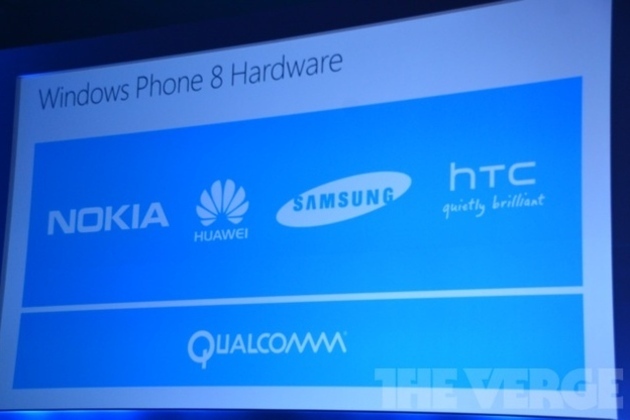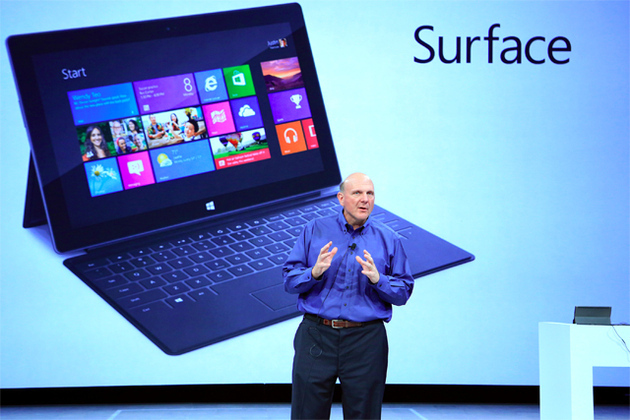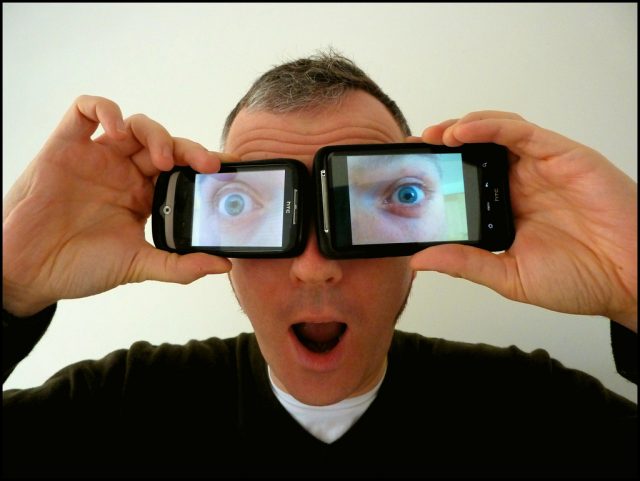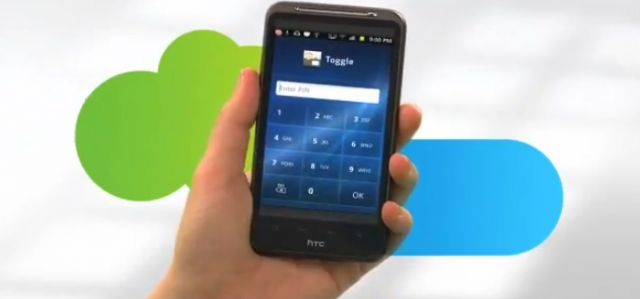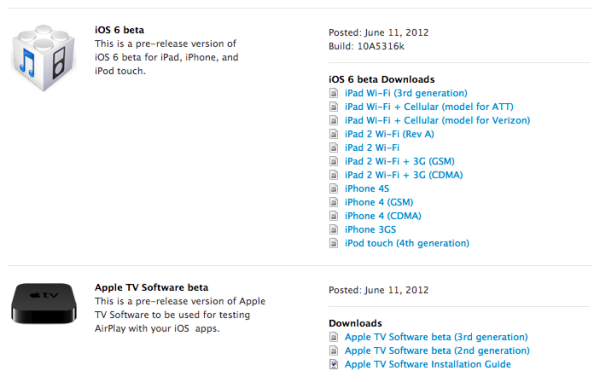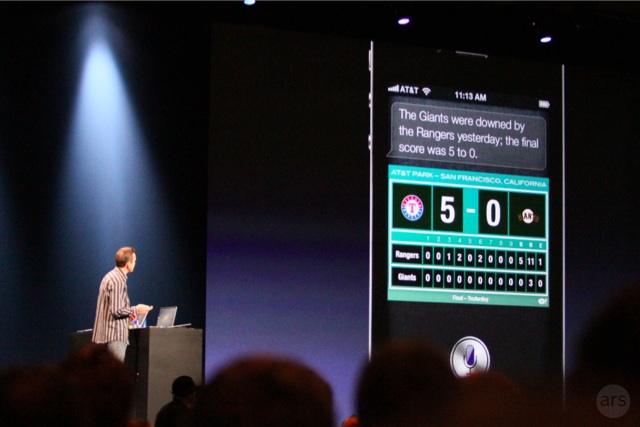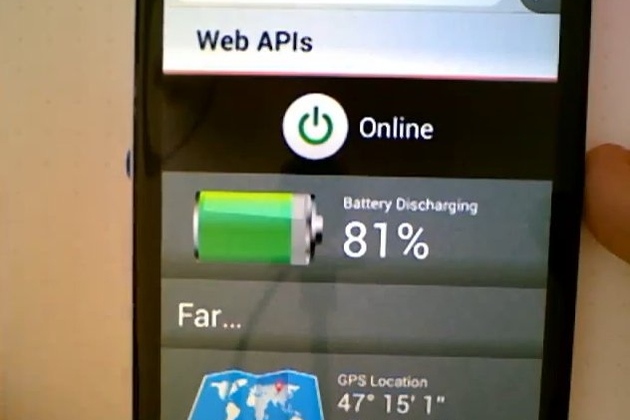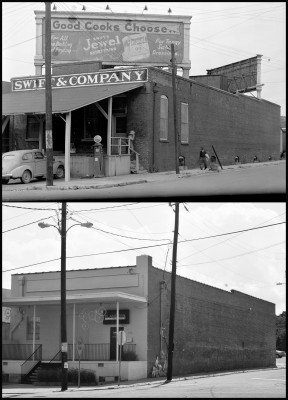Forwarded message:
From: Jen Burns <jen@questgroups.com>
Date: Wednesday, June 27, 2012 12:39:23 PM
Subject: Fanhattan OpenGL Software Developer Opportunity...
Hope all is well. I wanted to reach out to you in regards to an opportunity I'm working on with Fanhattan located in San Jose. A company led by a team of experienced executives, designers, and engineers from TiVo, Netflix, Vudu, Disney, MTV, the VP of Engineering and he is currently looking for a solid OpenGL Software Developer. The company is backed by blue-chip venture capital firms including NEA, Redpoint Ventures, Greycroft Partners, BV Capital, LA angel investor Jarl Mohn, and independent investors from the entertainment and technology industries. Please let me know if this is something you would be interested in. I have included the job req below.
OpenGL Software Developer
Description
Fanhattan is a service that inspires you to discover all the world's entertainment. Launched at All Things
Digital in June 2011, Fanhattan brings a new approach to entertainment discovery by helping you browse all the world's movies and TV shows with a simple and elegant user experience – in the living room, on the web, and on the go. The service encourages exploration by combining movies and TV shows with an expansive world of related content, visual assets, and information pulled from the web that bring entertainment to life. Finally, Fanhattan gives you the most comprehensive set of options on where to find the entertainment you want across the top digital media providers - Netflix, Hulu Plus, iTunes, VUDU, and ABC. The Fanhattan iPad app is now live in the App Store. Expect more platforms soon, and join us now to play a pivotal role as we evolve and grow the Fanhattan service. For more information,! you can check out our website (http://fanhattan.com) and our press: http://www.delicious.com/fanhattan .The software developer will be part of a team building the OpenGL graphics engine for content rich consumer applications on mobile platforms. Develop, test, and release new features as well as maintain existing ones in a fast-moving agile test-driven development environment.
Required Skills
• Object-oriented programming skills
• Experience in using OpenGL ES in Android with 3D animations
• Experience in threading
• Experience in performance analysis and optimization
• Knowledge of OpenGL language and shading-techniques
• Knowledge of computer architecture and operating systems
• Knowledge of data structuresPersonal Attributes
• Highly self-motivated and directed
• Adapting to new technologies quickly as needed
• ! Keen attention to detailEducation
Degree in Engineering, Computer Science or related fieldsJen Burns| Technical Recruiter | Quest Groups
Engineering, Product, Development, Leadership
Tel: 650.328.4100 x123 | Cell: 650.296.5876File #5E6E72180828267D52



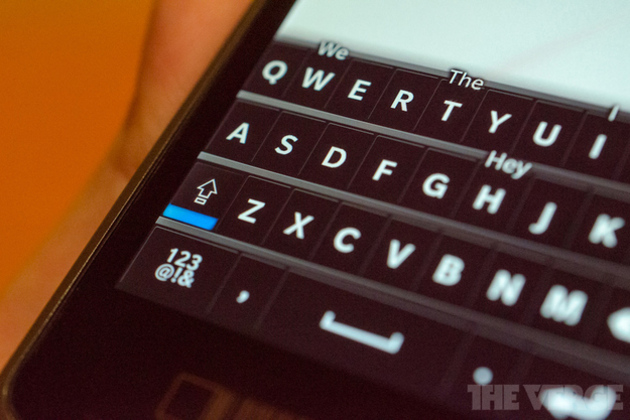


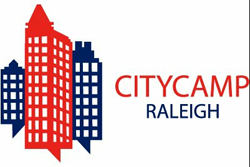 NC State professors
NC State professors 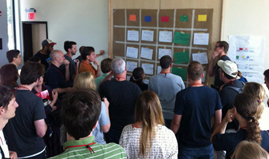 At CityCamp, participants think up ways technology can be used to improve local government. R Greenway developed a greenway mobile application that allows people to know where they are on the greenway and how to connect to other trails. The second place team, RaleighRetold, built a prototype that allows users to tell the story of their neighborhood by collecting audio, video and other multimedia.
At CityCamp, participants think up ways technology can be used to improve local government. R Greenway developed a greenway mobile application that allows people to know where they are on the greenway and how to connect to other trails. The second place team, RaleighRetold, built a prototype that allows users to tell the story of their neighborhood by collecting audio, video and other multimedia.